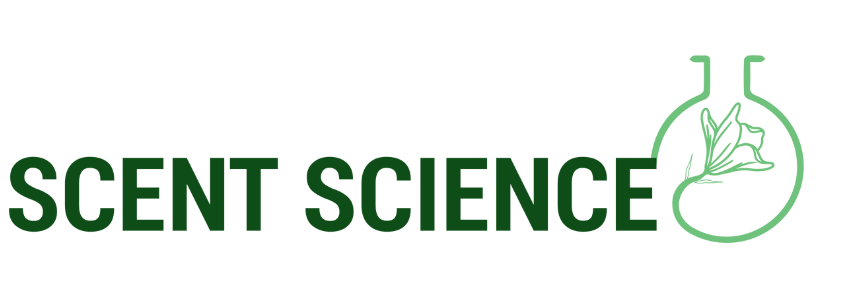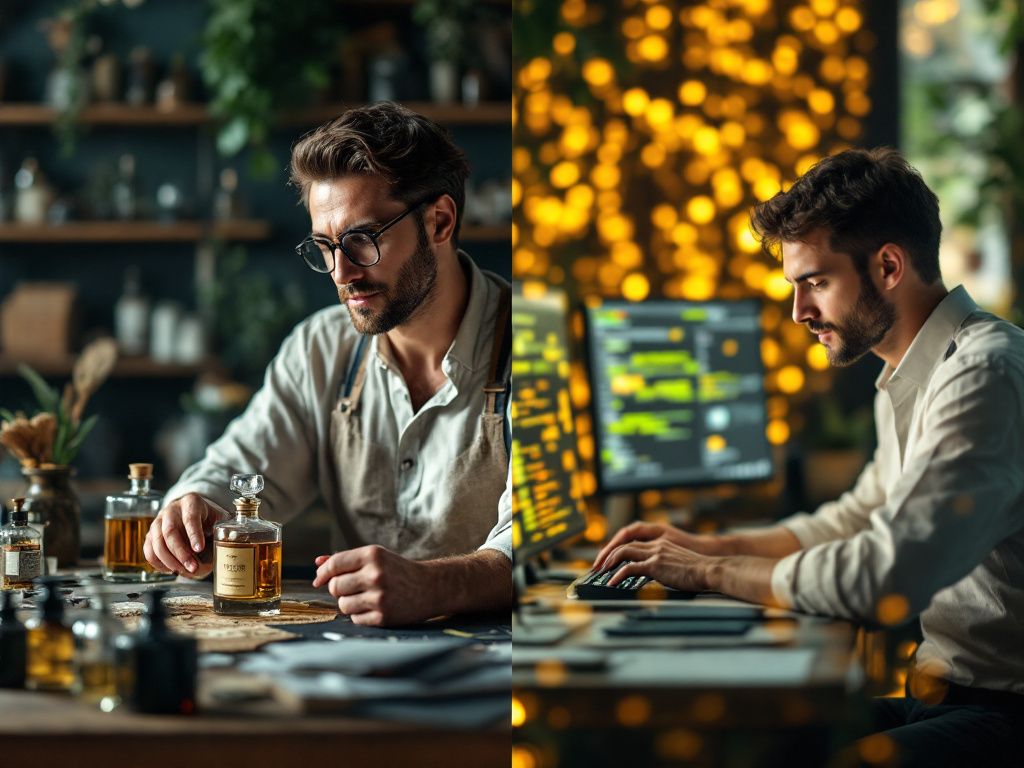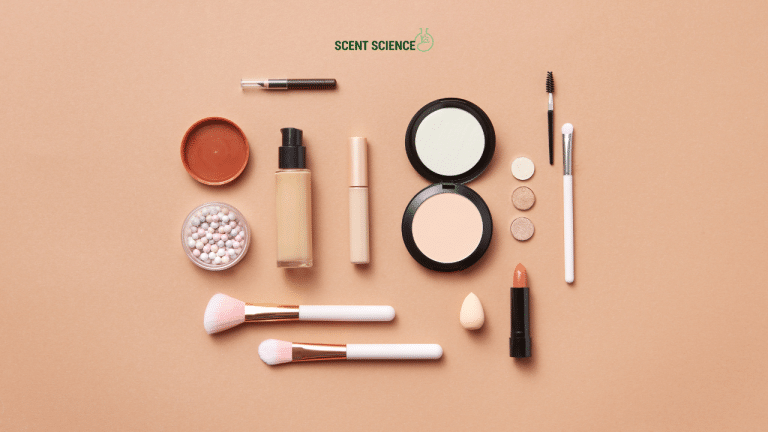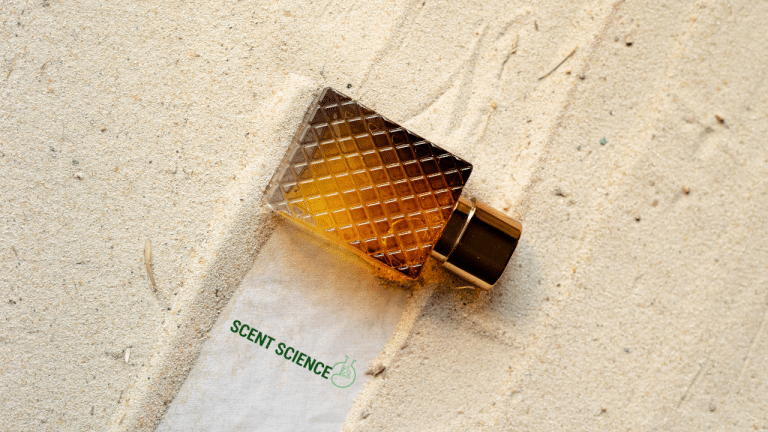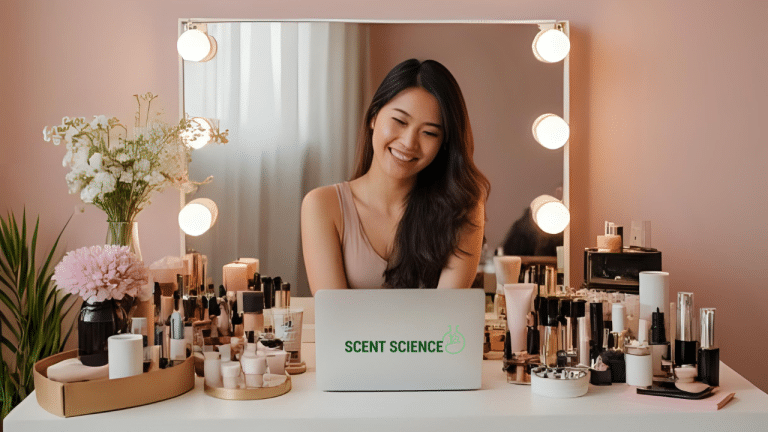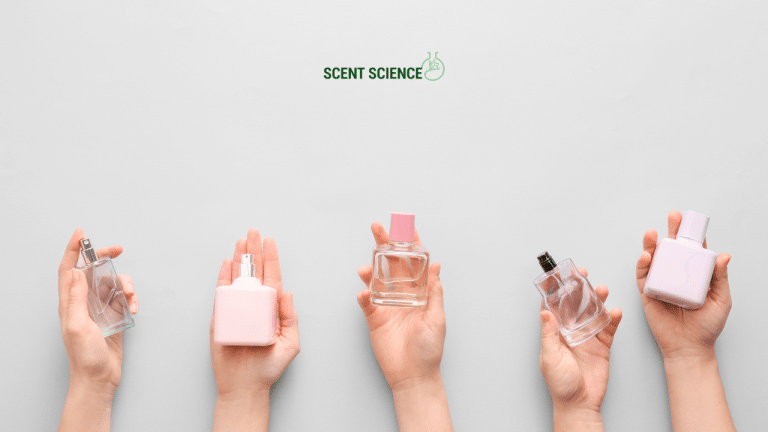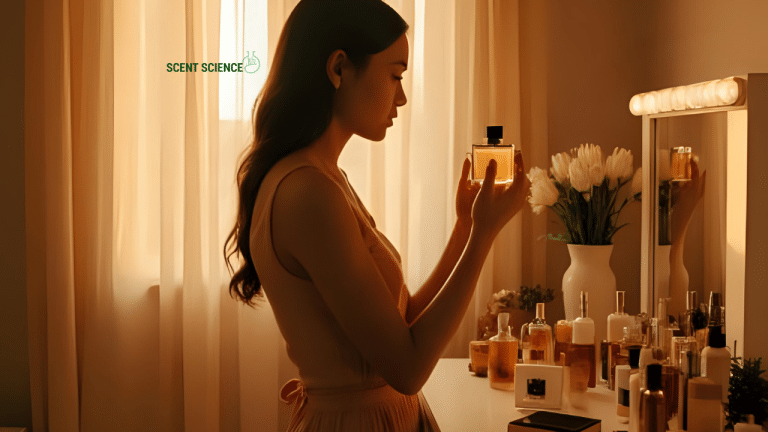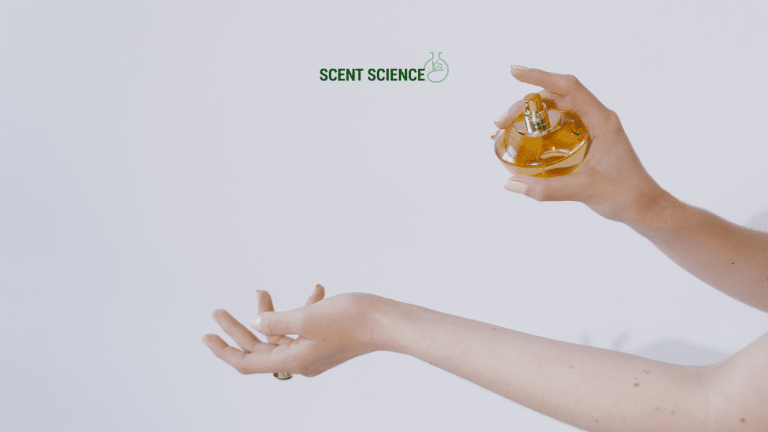Ever wondered why a certain fragrance makes you feel nostalgic or why your friend is obsessed with that new perfume you just can’t get behind? The truth is, creating a perfume is as much an art as it is a science. But with the rise of artificial intelligence, specifically machine learning, there’s a fresh twist in the tale of perfume development. Let’s dive into how this tech innovation is reshaping the fragrance industry without getting too cozy with the tech jargon.
Table of Contents
ToggleThe Problem with Traditional Perfumery
Designing a great perfume is no small feat. Perfumers, also known as “noses,” rely on years—even decades—of training to identify aromatic notes and craft scents that trigger specific emotions. It’s subjective, complex, and tedious. The process typically involves manually testing hundreds of combinations of scents to find that perfect blend. We’re talking months, sometimes years, from conception to the final product gracing the shelves. Sound crazy? Believe it—it’s quite the intense hustle.
But there’s a bottleneck here: the human element. While experience and creativity are invaluable, they could also result in biases. And no matter how talented a perfumer might be, the nose can only do so much before fatigue sets in. This is where machine learning comes swaggering in with its algorithmic prowess.
How Machine Learning Transforms Perfume Development
So, what does machine learning bring to the table? In essence, it enables perfumers to simulate thousands of fragrance combinations in an instant—skyrocketing the experimentation process. By using algorithms to analyze data, it predicts how different notes will blend, potentially uncovering new combinations that the human nose might not pinpoint.
The Role of Algorithms and Data
Machine learning algorithms comb through vast amounts of data to identify patterns and predictions. In perfume creation, this means taking into account not just aromatic compounds but also how consumers react to them. Imagine an algorithm that can analyze chemical compositions and post-purchase reviews simultaneously. That’s real magic happening.
Instead of relying solely on traditional aromatic families—like floral or woody—a machine learning-driven approach might suggest daring new blends based on what’s trending, what’s historically successful, or what’s been heartbreakingly overlooked.

Crafting Scents: A New Frontier
With machine learning, each perfume creation starts with a massive dataset, usually including existing fragrance compounds, consumer preferences, and olfactory chemistry. The machine learning model digests this mixed bag of data and predicts which combinations are most likely to appeal to targeted consumer segments.
And here’s the hook—the actual blending is still done by expert perfumers, but now they’re supported by data and analytics that streamline their trials. It’s like having a secret ingredient that wasn’t even supposed to exist yet, making the process not only more efficient but potentially more unique and personalized.
The Path from Idea to Reality in Machine-Aided Fragrance Design
Let’s break it down step-by-step so it doesn’t get overwhelming. Here’s a typical journey for a machine learning-assisted perfume:
Step 1: Collect and Feed Data
Machine learning is a data-hungry beast. The process starts by gathering mountains of data—not just on fragrances, but on consumer interactions and ingredients. This data is then fed into the system. It’s like feeding your dog; more at the start keeps him happy for longer.
Step 2: Build Predictive Models
Next, sophisticated algorithms come into play, creating predictive models that suggest which scents could appeal to specific consumer bases. This step leverages AI by utilizing machines’ ability to look at variables humans can easily overlook.
Step 3: Simulate and Fine-Tune
This stage involves the art of simulation. Just like playing a video game where simulations create alternate realities, here they review potential scenarios of scent success and failure. Machine learning models examine blends virtually to finetune the formulation until they hit sweet-spot proposals.
Step 4: Creativity Interplay

Human creativity gets its moment of glory; perfumers collaborate with these insights and let imagination dance over data-driven suggestions to concoct potential masterpieces.
Step 5: Testing and Feedback
Maybe it’s a surprise, but the final step involves—and should involve—good old trial and error. Once the perfumes are tested (legal, consumer feedback), any observations are rolled right back into the algorithm, closing the perfect cycle of tech-creative symbiosis.
Why Mix Artificial Intelligence with Perfume Development?
While I can almost hear traditionalists grumbling (“A rejection of art!”) from the base, the idea isn’t to strip the art out of perfumes. Instead, it merges data precision with the same human ingenuity.
- Speed and Efficiency: Machine learning cuts down the prototype stage massively. Hundreds of ideas can be analyzed and refined at greater speed—112 versions of something are now within reach with the day’s coffee run.
- Unique Pitfalls Overcame: Algorithms help identify combinations that have been overused and help avoid uninspired options. Creativity becomes functionally infinite.
- Customer-Centric Innovation: With AI, learning directly from consumer preferences helps tailor fragrances more accurately—leading to confections that cater to niche markets and popular tastes alike.
- Resource Management: Less waste, better resource allocation, leaning sustenance toward sustainability—a rising parfumeur concern.
A Quick Comparision
To showcase some differences inherently tied in traditional and machine-learning guided procedures, here’s a handy reference look:

| Feature | Traditional Approach | Machine Learning Approach |
|---|---|---|
| Time to Develop | Lengthy (Months or Years) | Compact (Weeks to Months) |
| Bias | High (Human Error) | Minimized by Predictive Analytics |
| Innovation Stagnation | Possible | Continuously Renewed |
| Resource Use | High Waste Potential | Improved Sustainability |
Pitfalls and Challenges of Machine-Learned Fragrance
Even cool innovations have speed bumps. Key challenges that crop up include:
- Data Limitations: The quality and availability of data. Without depth in variety, models are just clunkers. Noise-free datasets ensure precision delights.
- Implementation Costs: A tech leap like this comes at a price. Investing in AI/ML setups may not immediately reflect cheaper production rates—though savings pile on over time.
- Creative Skepticism: It’s not uncommon for craftsmanship to whisper its own doubts—integrating tech in seemingly profound artistry.
- Variability: Ensuring product consistency can be tricky, as end-perceptions aren’t mere binary confirmations of projections—there’s human element drift at the customer.
Toward the Future: Perfume Industry, Hold Your Breath
We aren’t exactly free of hurdles, but the fusion of artificial intelligence elements and fragrance engineering illumines an exciting new horizon for consumers and creators. Picture personalized perfumes—a market staple enabling individuals to create their own scent profiles with the guidance of a machine-learning system. Cool, right?
For the novices curious about perfumery’s uncharted terra incognita, imagine fragrance collaborations spun spontaneously off-season or regions spontaneously reimagined based off collective input fused by these powerhorses—as much from smaller acclaimed cottages as colognes and industry giants alike.
As we breathe deeper into the wake of futuristic aromas blending ambergris-centered emails with neural networks shaping algorithms behind every divine dab—we’ve only scratched the surface of what new fragrance frontiers wait beyond fusioned borders.
So next time there’s intrigue under your nose—remember: a computer helped twist that genius into reality. It’s an olfactory Win-win!
Frequently Asked Questions
How often should I wash my face mask to prevent maskne?
To prevent maskne, it is crucial to wash your face mask regularly. For fabric masks, wash them after every use, similar to how you would wash your underwear[2][3][4]. Disposable masks should be tossed after each use to prevent the buildup of bacteria and other contaminants[3][5>.
What type of skincare products are best for preventing maskne?
For preventing maskne, use skincare products that are oil-free or noncomedogenic. These products, such as gentle cleansers, moisturizers, and sunscreens, help prevent clogged pores and reduce the risk of acne. Look for products containing salicylic acid or benzoyl peroxide for their acne-fighting properties[1][3][4>.
How can I reduce friction and irritation caused by wearing a face mask?
To reduce friction and irritation, choose a mask that fits well and is made from breathable fabrics like cotton or bamboo. Loosen the mask straps, use pads under the straps, or consider a headband-style mask to minimize friction. Taking brief breaks to remove the mask and allow your skin to breathe can also help[2][3][5>.
What are some additional tips to prevent maskne while wearing a face mask?
In addition to regular mask washing and using the right skincare products, avoid touching your face, skip makeup or use noncomedogenic makeup, and moisturize your skin to keep it hydrated. Also, limit the use of active ingredients like retinol or benzoyl peroxide during the day when wearing a mask, and consider using a topical antimicrobial cream to prevent bacterial buildup[1][3][4>.
References